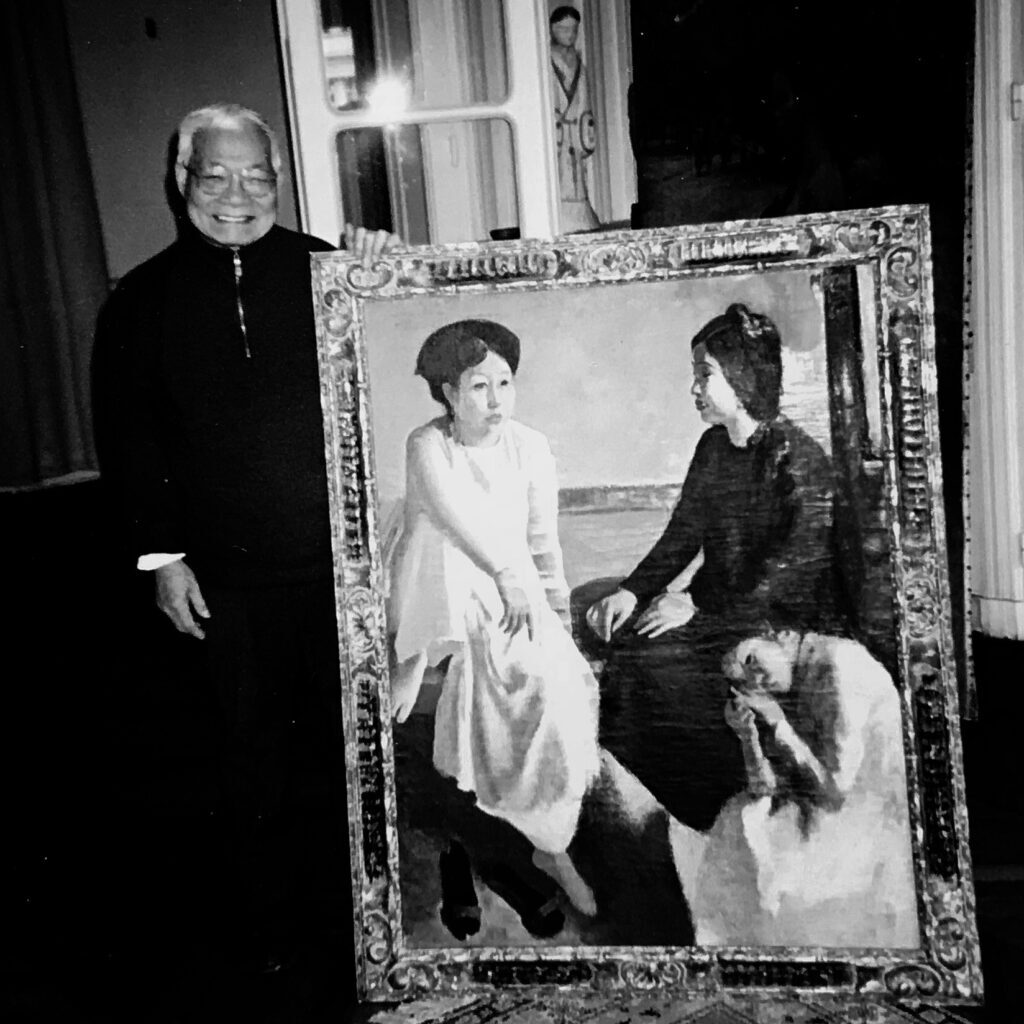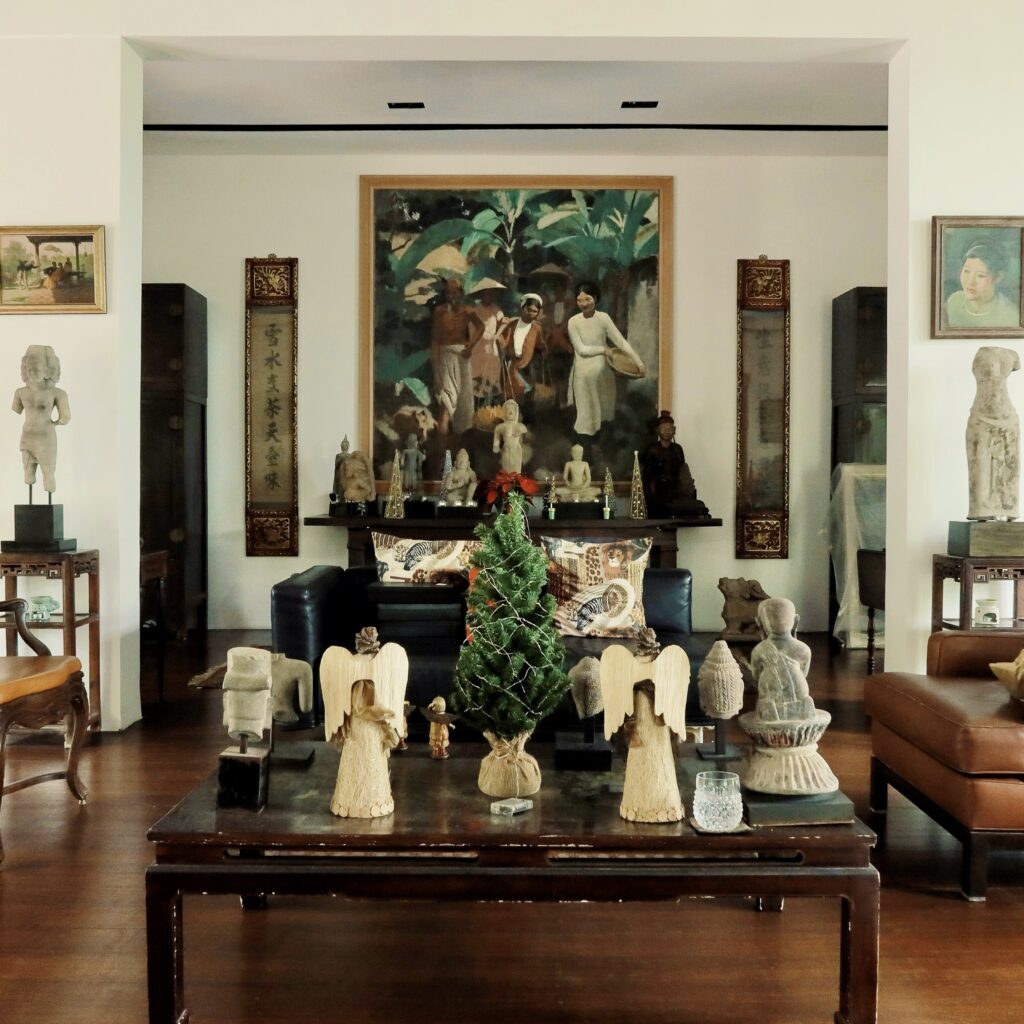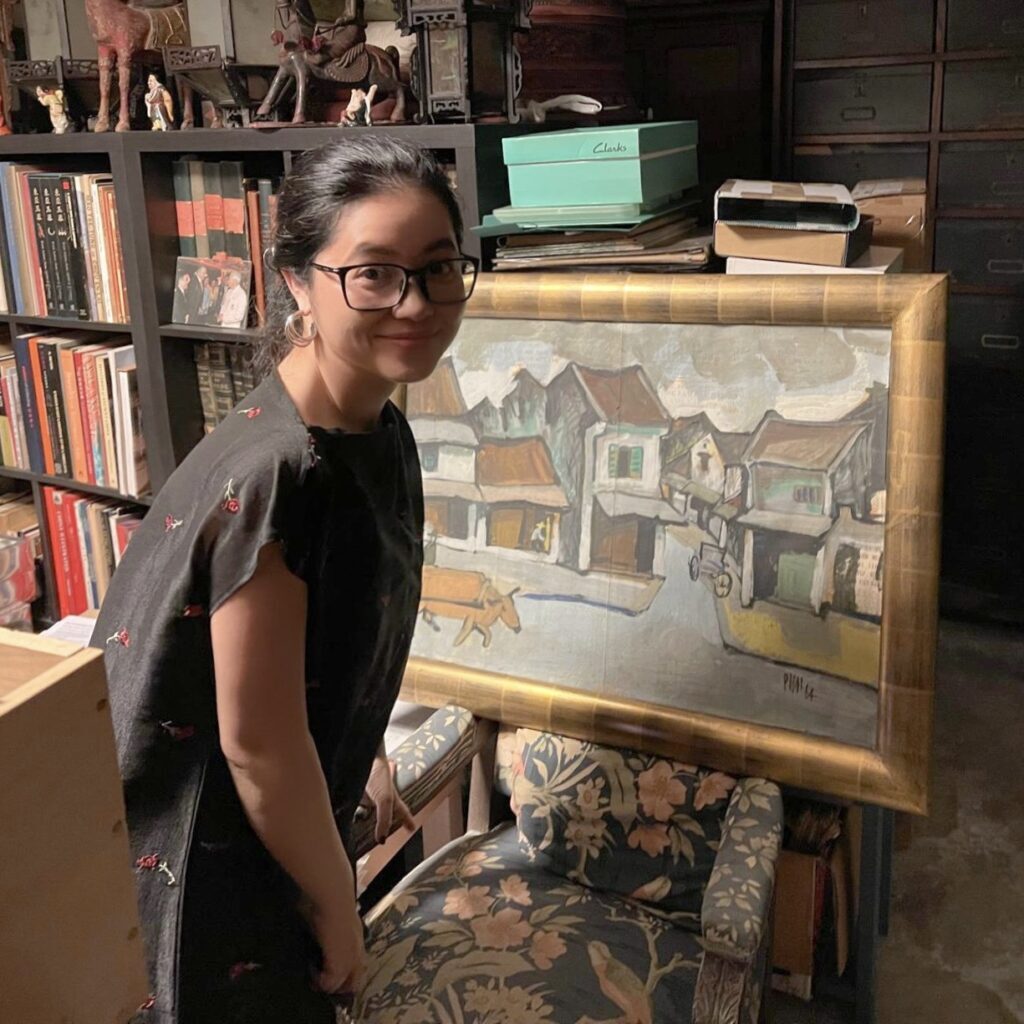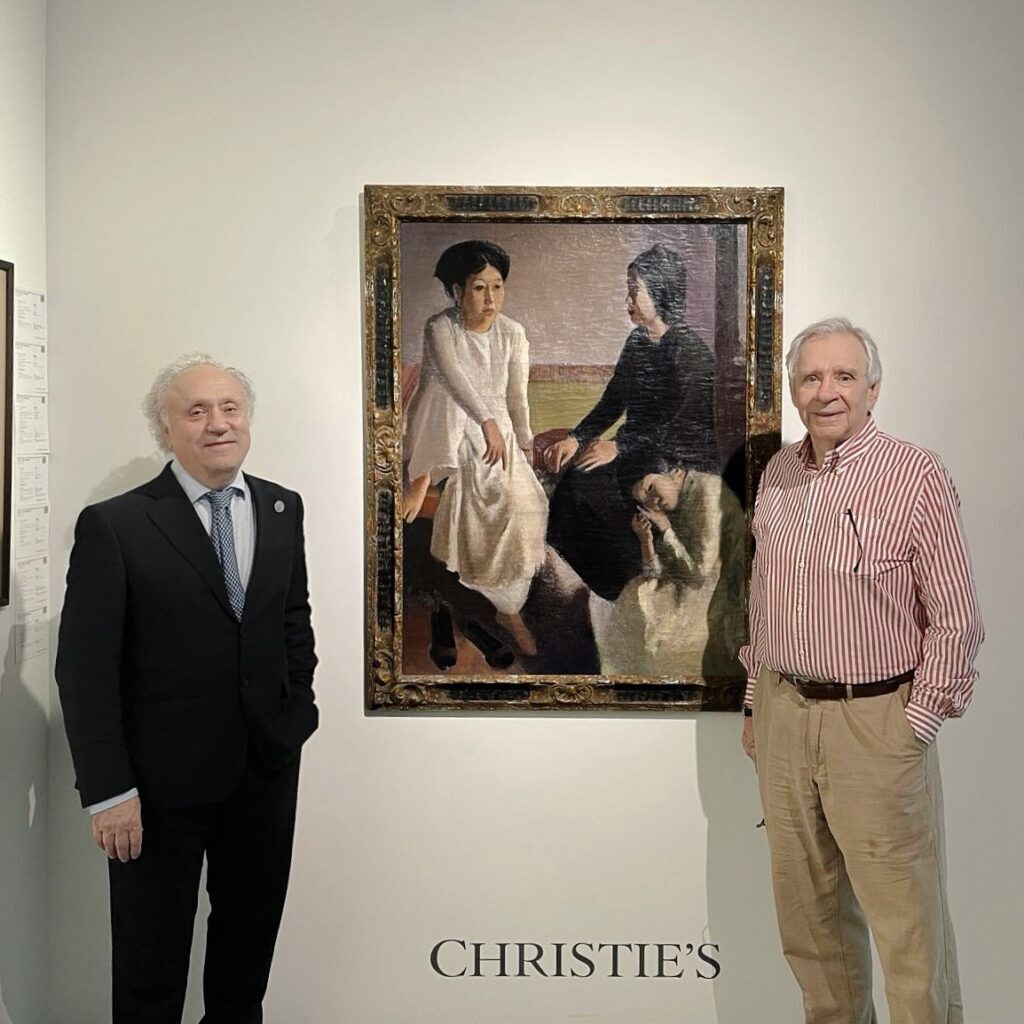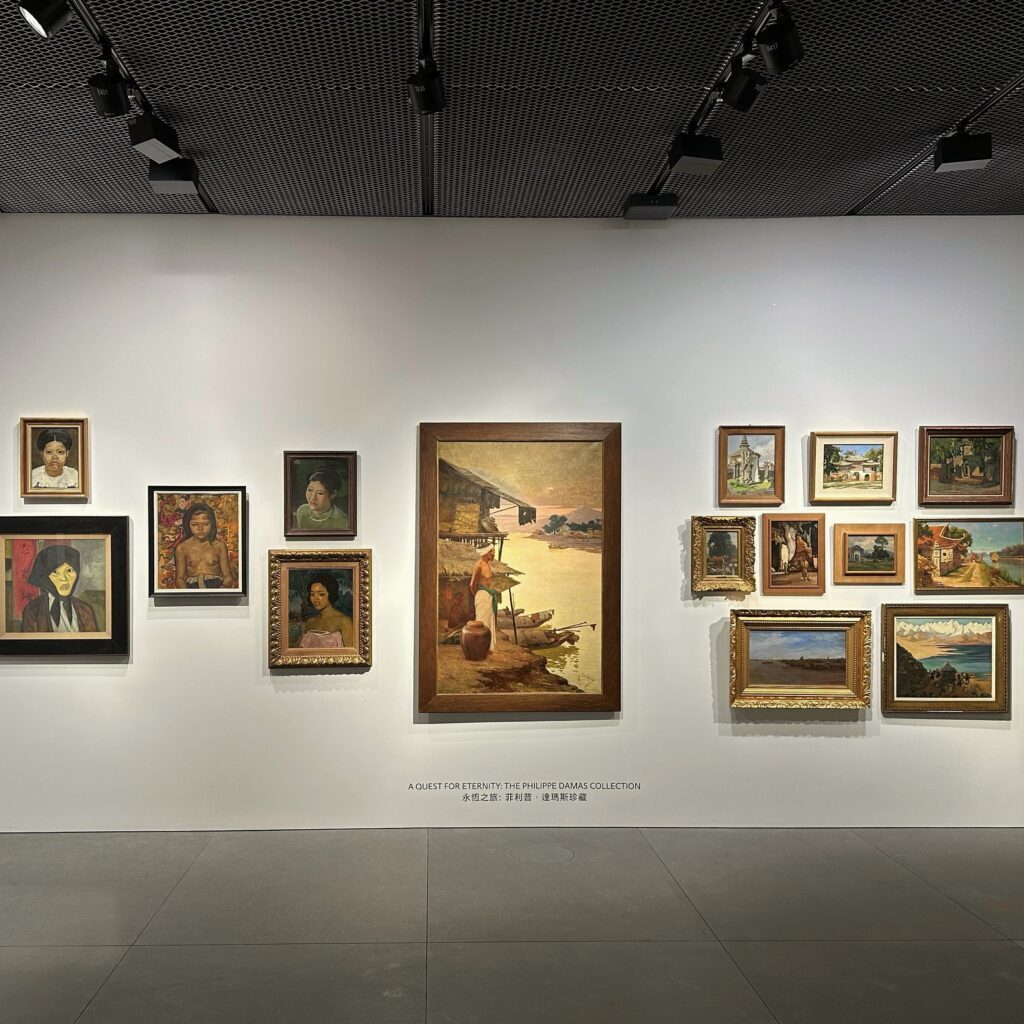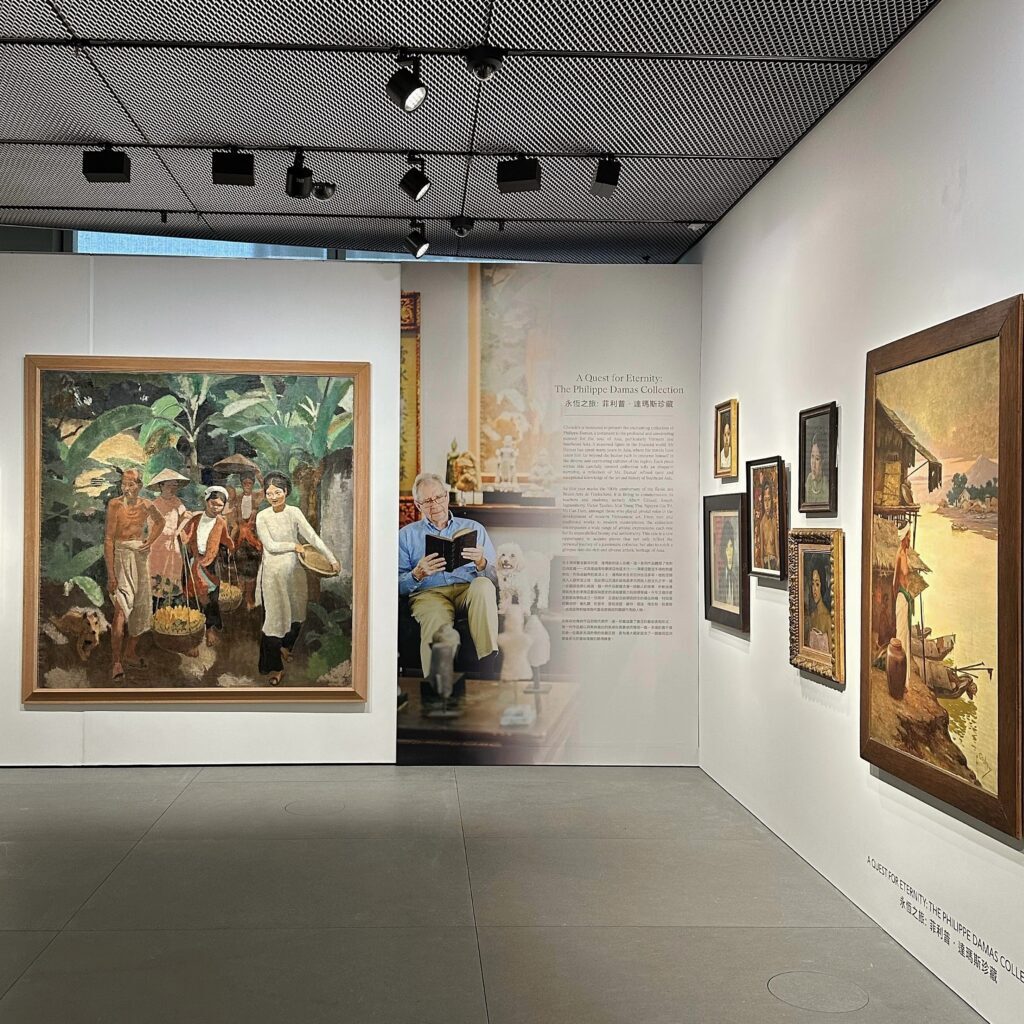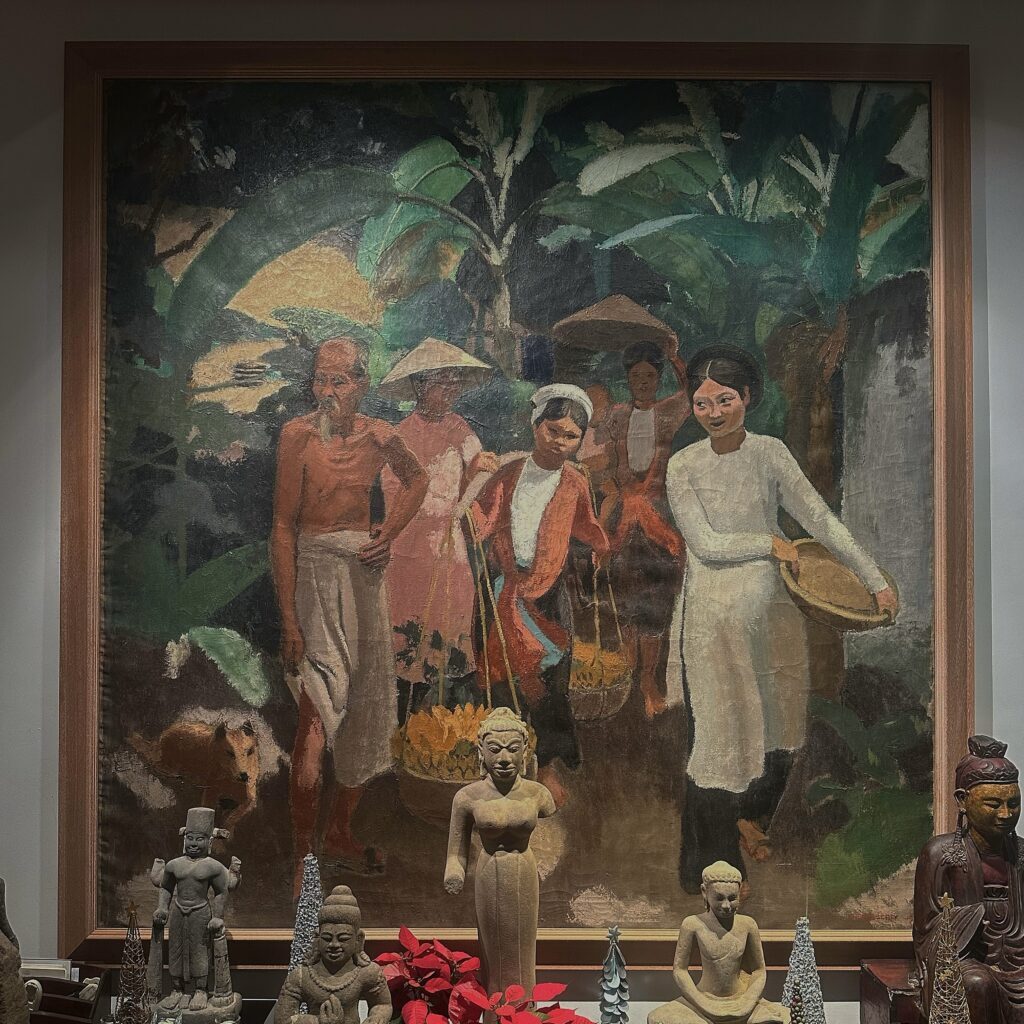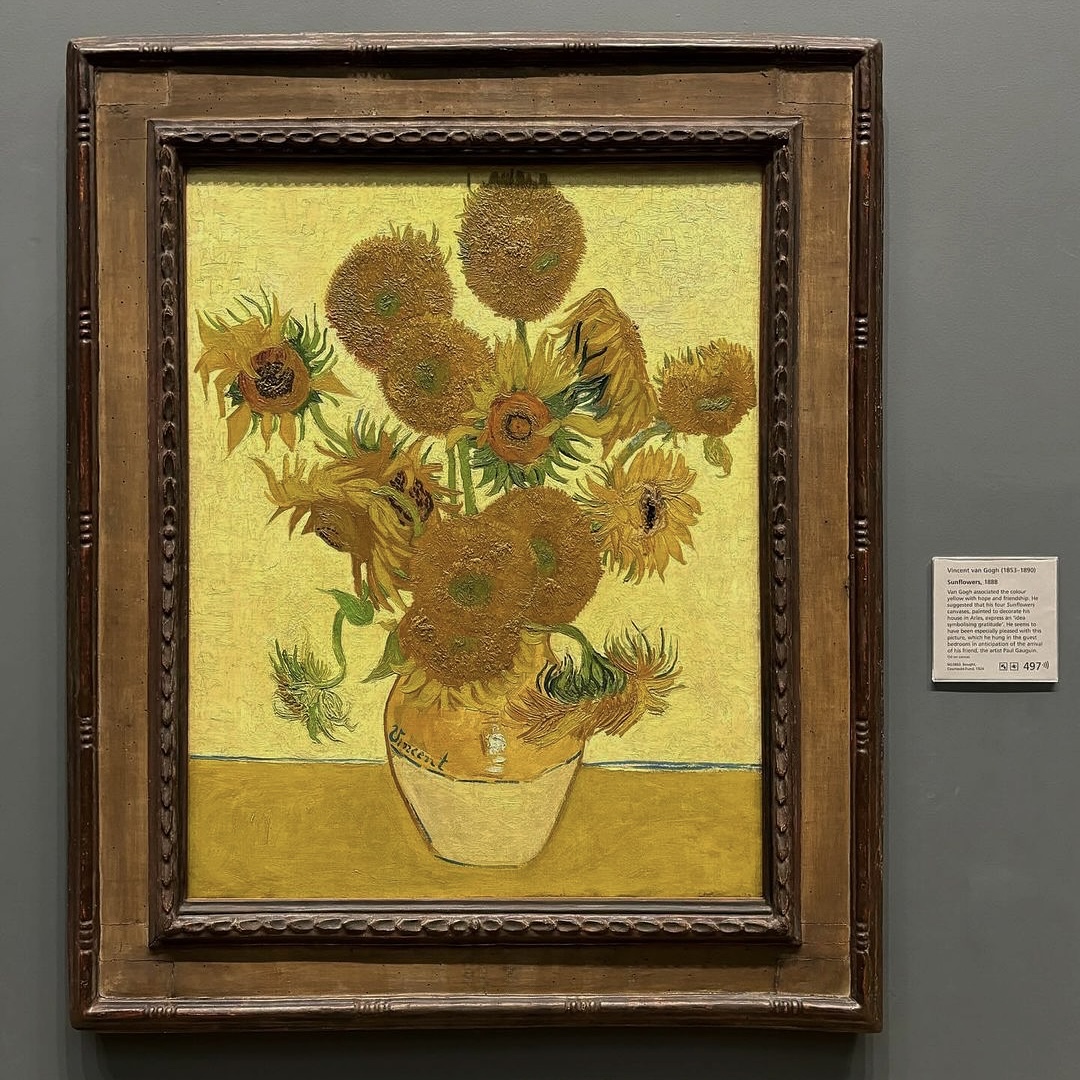
Vincent van Gogh (Netherlands, 1853–1890)
Sunflowers
oil on canvas
92.2 × 73 cm (36.3 × 29 in)
Painted in 1888
Collection of National Gallery, London
The secret behind the painting
Van Gogh's Sunflowers
A series of 6 paintings produced in 1888 and 1889, the Sunflowers were intended to decorate Gauguin's room, which Van Gogh was preparing to move into the Yellow House in Arles.
The sunflower, with its luminous yellow hue and penchant for the sun, is emblematic of Van Gogh's beloved Provence. This flower also symbolizes respect, admiration and friendship, so it's a fitting tribute to his friend Gauguin, with whom he looks forward to working.
These canvases, which belong to the still-life genre, represent the whole cycle of life. Inside the vase are sunflowers in bud, sunflowers in full bloom and sunflowers that have already faded...
But why so much yellow in Van Gogh's work? This version, exhibited in Amsterdam, features no fewer than 30 shades of yellow. This is undoubtedly because the painter really saw life...in yellow. The painter suffered from xanthopsia, from the Greek xanthós, "yellow". Some claim that this condition was caused by excessive absinthe consumption, which produced hallucinations. Perhaps the real reason is given by Van Gogh himself in his portrait of Dr. Gachet. The doctor who treated him for his epileptic seizures is holding a flower he prescribed: foxglove, a toxic flower that can cause jaundice in the eyes.
However, it's possible that, over time, the brilliant shades of yellow in Van Gogh's Sunflowers may fade. The painter used a chromium-rich pigment that does not cope well with ultraviolet rays and blue LED lights

